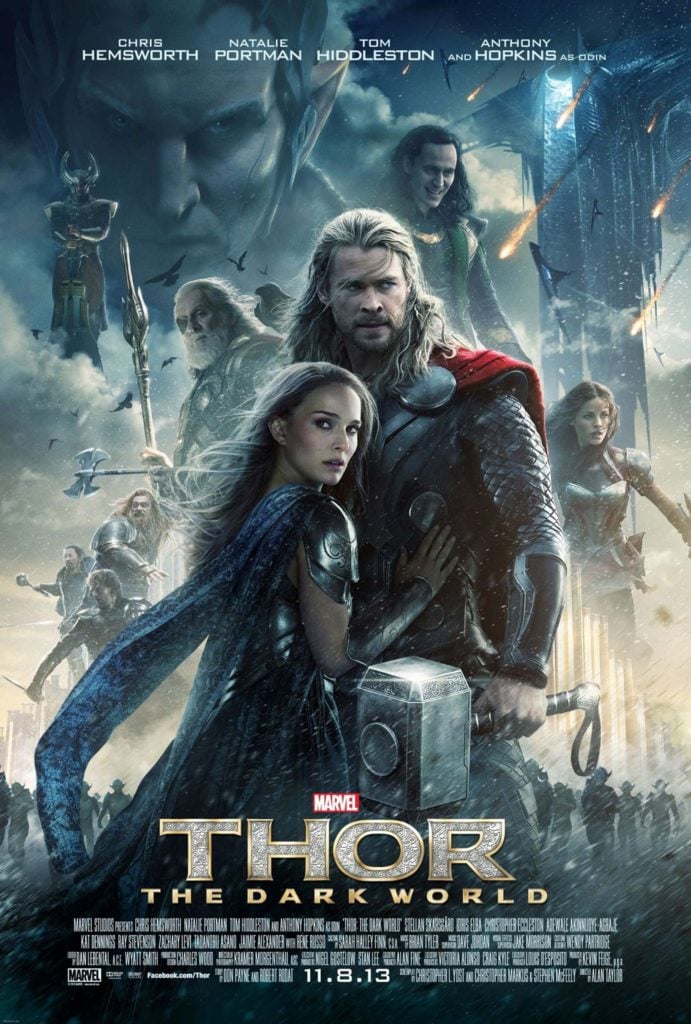We are looking at the design of space, size and scale of moving image conventions. This also suggests the grammar or the conventions of the set of rules used in the language of moving image designs.
Camera – The camera can change the focus of what you are seeing. For example if you were to use rack focus to show suggest realisation or importance of the story line, then it would also aim the audience to continue to be engaged in the story.
High angle / Low angle / bulls-eye / birds eye / canted angle
Tracking / Panning / Craning / Tilting / Hand held / Steadicam
Establishing Shot / Long Shot / Medium Shot / Close-up / Big Close-Up / Extreme Close Up (students often struggle with the first and the last again issues with SCALE, SIZE & SPACE, so practice is really important)
Insert Shot
Shot sizes and angle and movements – Using different shot sizes and angle movements can potentially outstand what you are trying portray. This can also suggests the different times that angles can be used.
Insert Shots – This is used to help transition from different scenes, and to help diversity to occur when filming clips. I used an insert shot to suggest what was happing on the phone.
Editing is stitching things together, it a connection of scenes. This is a concept of putting things with another, that’s why we have linear, chronological and sequential.
The basic rule in editing is you don’t show everything literally, you need to use just enough information to provide ideas and suggestions for your audience to develop and generate a range of emotions and idea: EMPATHY, INVOLVEMENT, RECOGNITION, CATHARSIS
When to edit
- EDIT ON ACTION
- EDIT ON A MATCHING SHAPE, COLOUR, THEME
- EDIT ON A LOOK, A GLANCE, EYELINE
- EDIT ON A SOUND BRIDGE
- EDIT ON A CHANGE OF SHOT SIZE
- EDIT ON A CHANGE OF SHOT CAMERA POSITION (+30′)
I began to edit when i saw the perfect environment to record, so that it would be easier for me to edit how I would like to change the scene to a different scene.
The use of sequential editing (editing one clip to another) allows for a number of key concepts to be produced:
parallel editing: two events editing together – so that they may be happening at the same time, or not?
flashback / flash-forward – allowing time to shift
For my clip I might add my main character going on call with her sister so they can see what she is doing.
Montage is when it is often seen as an allegorical, metaphorical way of editing to create symbolism, in the same way COLLAGE and MONTAGE ART creates meaning through putting ideas and objects next to each other. This also explains how we know what is happening over time in a short amount of time.
Conventional shot progression – to create VERISIMILITUDE (ie realism, believability) usually involves the following shots (although not always in the same order).
- establishing shot / ES, moving to
- wide shot / WS,
- to medium shot / MS,
- to close up / CU,
- to big close up / BCU;
- and then back out again
The Shot / Reverse Shot a really good starting point for students to both think about and produce moving image products. The basic sequence runs from a wide angle master shot that is at a 90′ angle to (usually) two characters.
Key words that might be important when creating a storyboard:
- enigma
- dramatic irony
- foreshadowing
- repetition / reiteration
- back story
- exposition of theme / character / setting / plot
- development of theme / character / setting / plot
- pay off or resolution of theme / character / plot
- denouement
- dramatic arc
- climax / resolution
- interior monologue
- cause and effect
- resolution
- non sequitur
- ellipsis
- cliff-hanger






